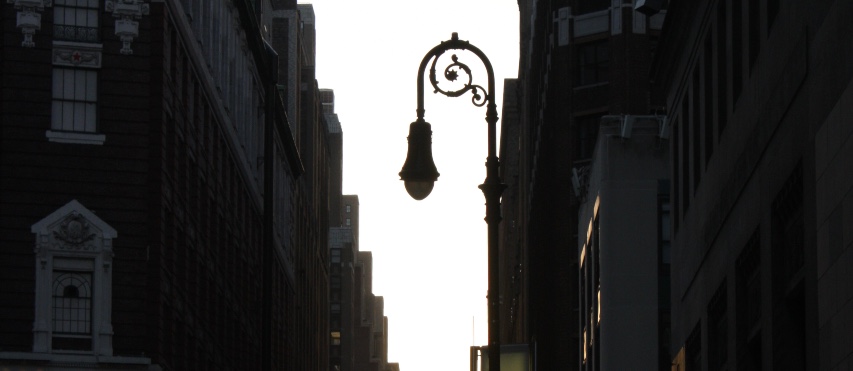Among the participants of an international conference in the Belgian city of Ghent in May 2010, it was well known that the modification of cirrus clouds had been ongoing for years. Dutch astronomer Ralf Vandebergh (1976) wrote about this in a news article in Dagblad De Limburger in 2012 entitled ‘Knoeien met het weer’ (‘Messing with the Weather’).
Geoengineering is as old as humans singing, dancing and praying for rain, but the more technological methods are shrouded in mystery. In 1915 in California, Charles Hatfield (1875-1958) used a secret mixture of 23 chemicals to make clouds and rain. After it was thrown into the air, heavy rain fell for 17 days straight. Hatfield, commissioned by the local government, accidentally caused floods in San Diego that destroyed bridges and people died. He was held liable and to this day we do not know which chemicals were used.
Many more information streams on geoengineering have abruptly stopped throughout the past century. For whoever wants to ease suspicions, declassifying files would be towards the top of the long list of possible solutions. The psychoanalyst, biophysicist and inventor Wilhelm Reich (1897-1957) was arrested and his work confiscated by the US government in the 1950s, shortly after he announced that he had invented a machine that creates and dissolves clouds. He called it the Cloudbuster. Now, seventy years later, the bulk of the government files on Reich are still classified. Kate Bush sang about his arrest in her 1985 song ‘Cloudbusting‘ and Donald Sutherland plays Reich in her music video. But there are many more examples in history. Biometeorology, the science of how weather influences health and vitality, is another information stream that dried up during the past decades, at least for the general public.
The American state of Tennessee introduced a law earlier this month that prohibits geoengineering within its airspace. Some critical reactions to this new law offered only one counterargument: the white stripes are contrails (condensation), not chemtrails (chemicals). Among all the finger-pointing and egotistic arguing in public debate, it is phenomenologically reassuring that at least nobody seems to be denying the white stripes themselves. If they are all contrails, this can easily be confirmed by the declassification of files on geoengineering.
Throughout the centuries, the Zeitgeist pendulum has been swinging back and forth between the extremities of naiveté and paranoia. It proved that denying existing patterns is not more or less delusional than presuming patterns that aren’t there. L’être et le néant, being and nothingness, is the 1943 book by Jean-Paul Sartre that describes the symbiotic relationship between what is there and what is not there. What this practically means Edward Snowden described in his essay Apophenia: in our current world, there is an ongoing effort to nudge people to ignore, avoid and deny very real patterns; to label our own sensations as mere coincidences.
Our current sociocultural predispositions aside, we know from humble observation that humans have a propensity to try to control their surroundings all the way up to the brink of total destruction, like the atomic bomb. We know that chemicals have caused harm in ways that were often discovered much later, like lead. We know that a few in this world are wielding ever greater amounts of power over the many. We know that information streams have increasingly been hidden from the public during the past century. We know that every human invention requires some form of evaluation regarding moral and immoral usage. And so the contrail versus chemtrail discussion becomes much less relevant than the fact that the sky is no longer the limit for those with access. Charles Hatfield’s secret mixture of 23 chemicals could be a great opportunity to try what Dutch writer Gerard Reve (1923-2006) once proposed for the atomic bomb: make it available to the man on the street.




“Our current sociocultural predispositions aside, we know from humble observation that humans have a propensity to try to control their surroundings all the way up to the brink of total destruction, like the atomic bomb.”
Why shouldn´t we? Having an immense stockpile of nuclear weapons mounted on sophisticated platforms in which we have invested billions of dollars. It would be a waste not to use them now that we have created a window of opportunity to actually deploy them against our adversaries Russia and China, those nations that threat our way of life, our freedom and democracy. It’s either us or them…
If the good, hardworking people in the world do not get cynical and work together everything is possible. I believe you see it that way, too.